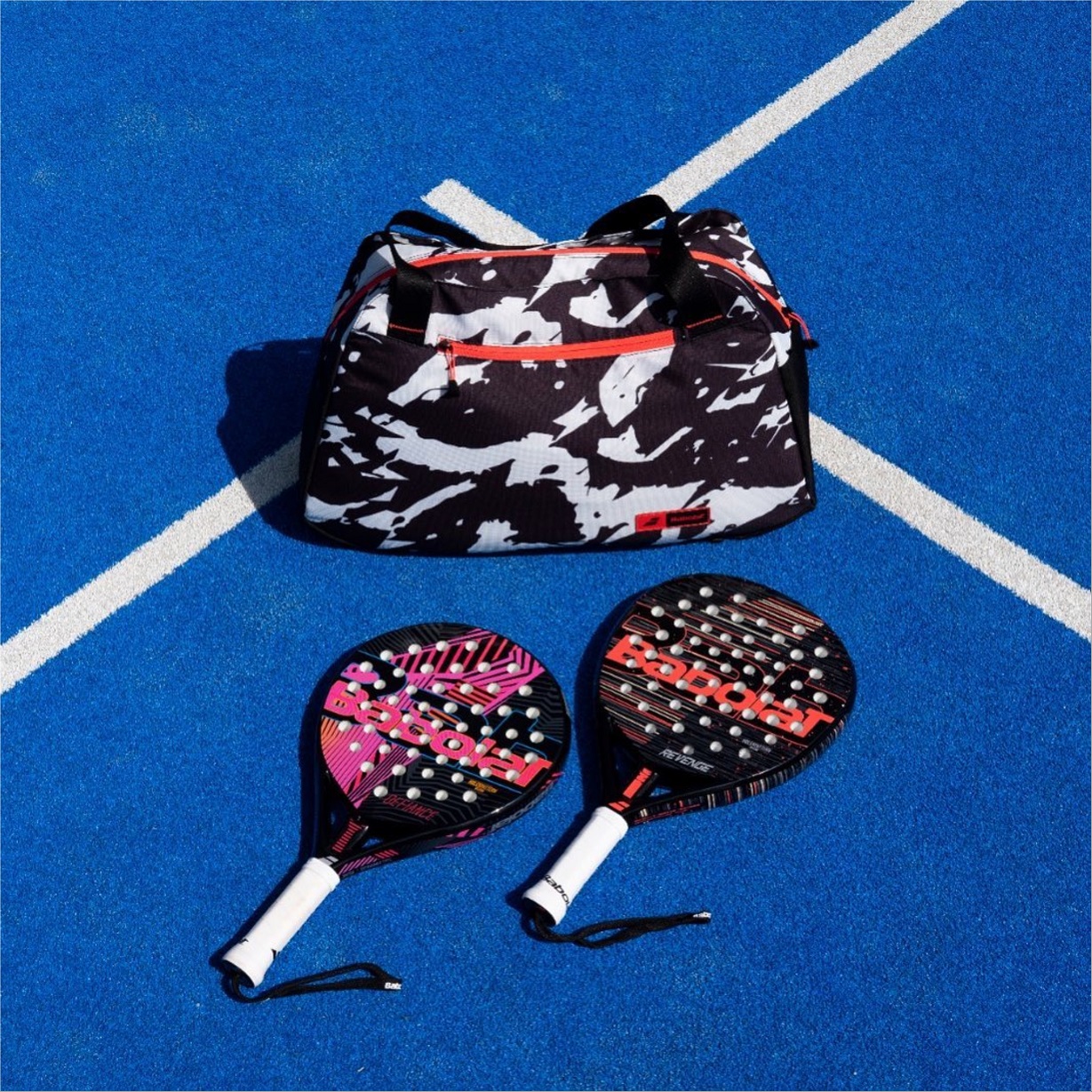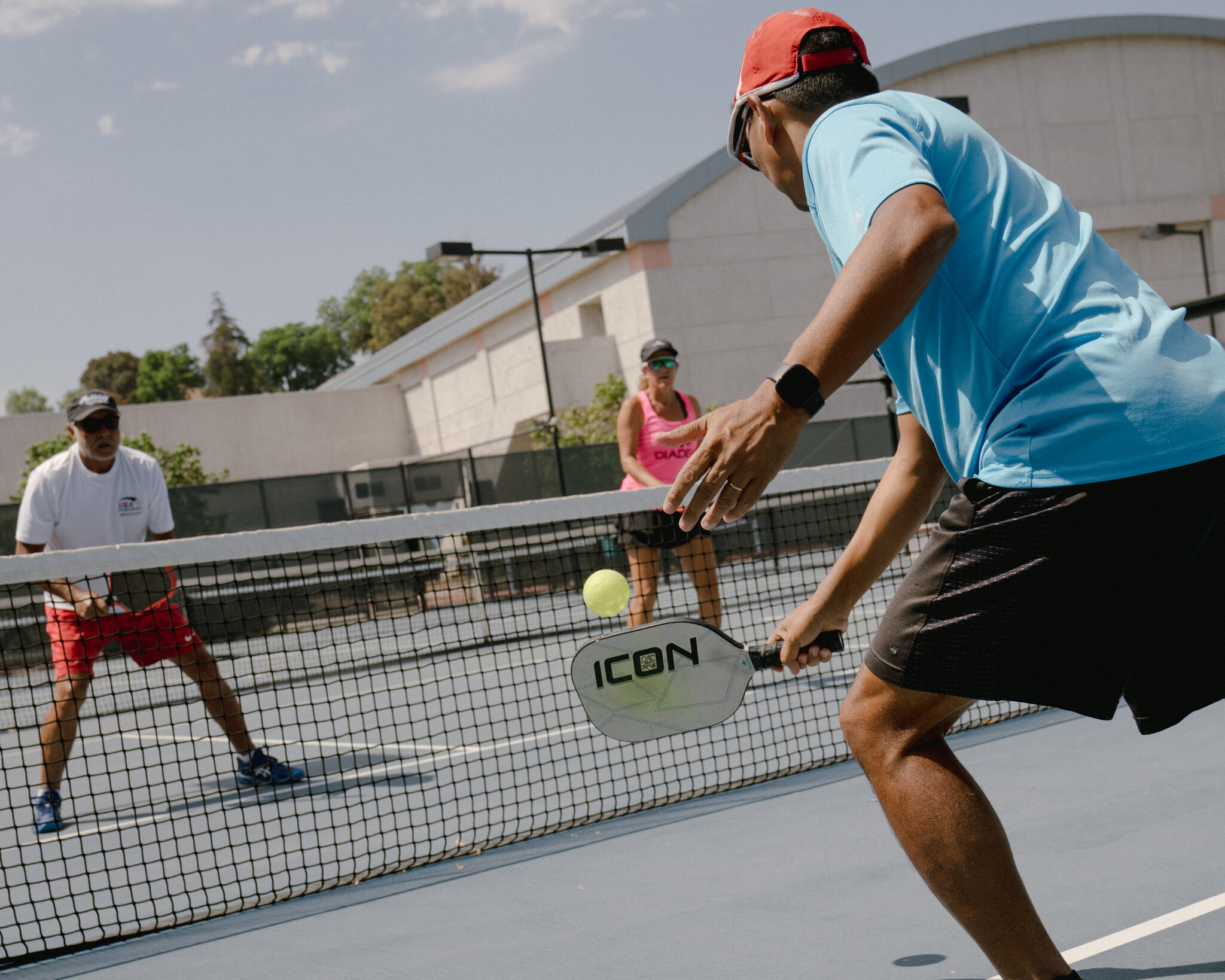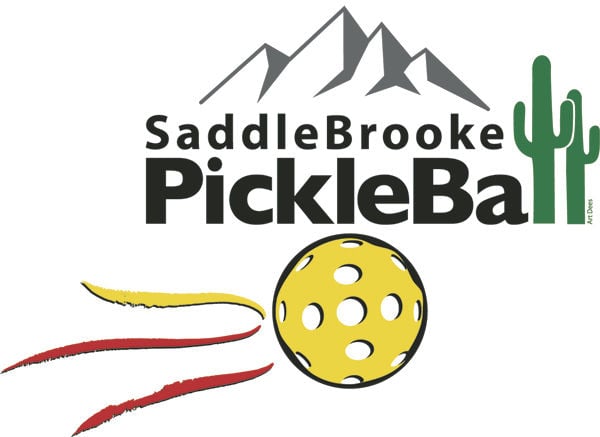
Pickleball is an informal game that blends elements of tennis and badminton into a low-key, enjoyable sport. Pickleball is played on a rectangular, small court that is comparable in size to doubles badminton courts. The game can be played competitively or casually. It's a great way to have some exercise and a little fun with friends or family. You don't need a big court or equipment to play, making pickleball an ideal choice for families with kids.
Pickleball is governed by a few rules to help you get the hang of it. These include that there's only one lowered net, the players serve on one side of each court, and there are two service areas. The game is unique because of several aspects.
A player must not use his hand for the bounce of the ball. They must use an underhand stroke to serve the ball. This will allow them to control the ball better and increase their chances of getting it back to the opponent.

A rule of thumb is that only the serving team may score a goal if the receiving side commits a mistake. Faults can occur when the ball touches the net or is thrown out of bounds. To help avoid these types of situations, the receiving team should be prepared for the serve by staying on the baseline. If they fail to do so, their opponents can hit the ball down towards their feet, which is difficult to return.
To win a game of pickleball, a player needs to score at least two points. Pickleball is played from a diagonal spot on the court. You have the option to use a forehand or backhand to serve. You can also choose to serve from either a no-volley or transition zone.
Although it sounds like science fiction, the court's transition zone is where it's most difficult to score one point. To make it a putaway shot, players must hit the ball higher than normal. If a player is outside of the transition zone, they must run while taking the shot.
The rules of the game are only one part of what can prevent players from succeeding. These include the "dink", a droppedshot, and a lobby. Fortunately, there are resources available online to help you learn these idioms and become more familiar with the sport.

Pickleball, whether you are a beginner or an experienced player, is a great sport to learn. Find out about the history and play with some of the most prominent players. You can improve your skills as well as your confidence. Take a look at the resources at WeArePickleball to get the information you need to make your game more successful.
FAQ
Which Is More Important: Exercise or Diet?
It all depends on your goals. It is important to lose weight. Exercise is important for building muscle mass. Because it affects your performance during the day, sleep is the most important factor.
Is it possible for one to be too thin?
Yes! Both eating disorders and underweight are unhealthy. It's normal to be a little heavier than you should be. It is possible to feel tired, weak or dizzy and may experience other signs that you are underweight.
What is Resistance Training?
Resistance training includes using weights and other objects to perform specific movements. Lifting weights will strengthen your arms. Resistance training helps build muscle mass and bone density. It also promotes overall strength.
Are there any exercises I should not do?
Before starting any new exercise program, you should consult your doctor. You may have injuries or other medical conditions that prohibit you from exercising in certain ways. Certain activities require special equipment and training. Swimming, for example, requires swimming suits and access to the pool.
How many hours sleep should I get each night?
The recommended amount of sleep varies depending on age, gender, and individual needs. Adults require 7 to 9 hours sleep per night. Teenagers and young children generally need around 10 hours of sleep each night. This number decreases as they age.
What is the importance of good nutrition?
For our well-being and health, nutrition is essential. Healthy eating includes whole grains, fruits, vegetables, lean protein, dairy, and other healthy foods. Healthy eating habits lead to improved overall health.
Statistics
- One study showed that adults who watch more than 4 hours of television daily had an 80% higher risk of death from cardiovascular disease. (heart.org)
- Physical activity confers the following maternal and fetal health benefits: a decreased risk of pre-eclampsia, gestational hypertension, gestational diabetes (for example, 30% reduction in risk) (who.int)
- In high-income countries, 26% of men and 35% of women were insufficiently physically active, as compared to 12% of men and 24% of women in low-income countries. (who.int)
- According to the Centers for Disease Control and Prevention, chronic diseases cause 7 out of 10 deaths in the U.S., and treating chronic diseases accounts for 86% of U.S. healthcare costs. (mana.md)
External Links
How To
How To Burn Belly Fats Faster
When trying to lose weight, belly fat is often viewed as a problem. When you stop and think about it, Belly Fat can actually be a blessing. It is the fat in your stomach that protects your organs. So let's see how to burn belly fat fast.
The two main factors that make us store body fat are stress and lack of exercise. Because stress stimulates the release of cortisol hormone, it makes us hungry all the time. Cortisol can increase insulin levels in the blood. The insulin then stores extra calories as fat. Insufficient sleep can lead to an increase in appetite and adrenaline release. These extra calories are broken down through exercise.
There are many methods to lose belly fat. Depending on your budget, you can try each one. These tips will help you quickly get rid of belly fat.
-
Reduce your food intake. Don't eat three large meals at once. This way, you'll consume fewer calories overall.
-
Drink plenty of water. Water flushes out toxins from your body and keeps you hydrated. Drinking water before meals will help you feel fuller for longer, so you don't overeat.
-
Avoid unhealthy snacks. If you're looking for quick fixes, snack foods like chips, cookies, candies, etc. Although tempting, they can be very unhealthy. These fattening treats are best avoided as they have too many empty calories and sugar. Choose healthy options like whole grains, fruits, vegetables, nuts, seeds and nuts.
-
Do strength training exercises at least three times per week. Strength training builds muscle mass and burns more calories when you're not working out. Strengthening your bones, muscles as well ligaments, joints, tendons, heart and lungs.
-
Stretching and walking are good habits. Stretching improves flexibility and mobility which can reduce back pain. Walking is a great way of burning calories, especially when you do it for just 30 minutes.
-
Reduce alcohol intake. Alcohol adds empty calories to your diet and has no nutritional value whatsoever.
-
You can lose weight slowly. Finding out your current weight is the first step in losing weight. Next, calculate your ideal weight by adding between 5% and 10% to your total body weight. Once you have determined your ideal weight, you can start to reduce your calorie intake by 500-1000 calories per day until you reach it.
-
Avoid processed foods. These foods have high amounts of salt, sugar, and preservatives. Even though they can be very convenient, these foods lack sufficient nutrients to support your health.
-
Don't skip breakfast! Eating breakfast improves concentration, memory, and energy level. Protein (like eggs), fiber and complex carbohydrates (like oatmeal) should be included in breakfast.
-
Have regular bowel movements. Constipation and irregularity can cause gas and bloating. This can be prevented by drinking plenty of water and increasing fiber intake.